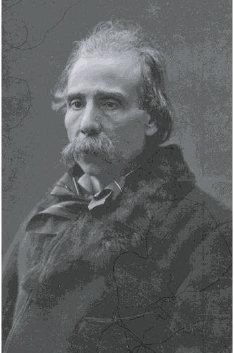 Amor de Perdição is a novel written by Camilo Castelo Branco, in 1862, which narrates the tragic story of young love. The tale, based on true facts, was written when Camilo was imprisoned and living a forbidden love himself.
Amor de Perdição is a novel written by Camilo Castelo Branco, in 1862, which narrates the tragic story of young love. The tale, based on true facts, was written when Camilo was imprisoned and living a forbidden love himself.
It is one of the most renowned romances in Portuguese literature. The book has already been translated into several languages and adapted to the cinema four times, including a version directed by the famed Manoel de Oliveira. Amor de Perdição is also the name of the street where the current Centro Português de Fotografia stands (Portuguese Photography Centre), and a former prison (Cadeia da Relação do Porto) where Camilo Castelo Branco wrote his most famous work whilst awaiting trial for adultery. The name of the street is thus a tribute to the illustrious book.
Camilo Castelo Branco had been accused with adultery: he fell in love with Ana Plácido; her husband found out and charged both lovers for adultery. Both were arrested, trialled and later acquitted. They later married, but didn’t live happily ever after. Camilo committed suicide in 1890 after living his last few years blind and disease-ridden. Whilst in prison, the writer found in the jail’s logs details for a story their family had once told him: of his uncle Simão Botelho, imprisoned and convicted to exile for murdering a rival in a love relationship.
From then on, Camilo wrote the story of Simão e Teresa, born into rival families from Viseu. A forbidden love, which resembles Romeo and Juliet, with an equally tragic ending. Teresa was to marry a cousin, Baltasar Coutinho, who she rejected due to her love for Simão. Hurt, Baltasar convinced her lover’s dad to send her to the Convento de Monchique, in Porto. Interestingly, the convent building is still there however very degraded.
Desperate, Simão awaited his rival outside the city of Viseu and shot and killed his rival. He turned himself in and was imprisoned at the Cadeia da Relação do Porto, until convicted of exile in India. On the way, and whilst sailing by the Convent, he was able to see the figure of his lover who died seconds later consumed by grief. After Simão found out about Teresa’s death, he too died. Camilo’s uncle didn’t have such a tragic ending since he made it to exile where he lived until his death. But the story of the tragic love was forever perpetuated in the pages of the book.
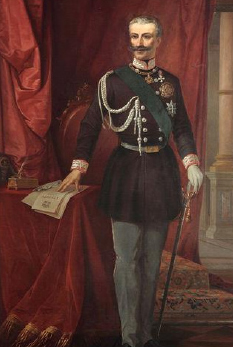 Carlos Alberto of Sardinia was born in Turin, Italy, in 1798. He was King of Sardinia from 1831 and was one of the fathers of the unification of Italy, a country that was divided into several political entities, all more or less controlled by the Austro-Hungarian Empire.
Carlos Alberto of Sardinia was born in Turin, Italy, in 1798. He was King of Sardinia from 1831 and was one of the fathers of the unification of Italy, a country that was divided into several political entities, all more or less controlled by the Austro-Hungarian Empire.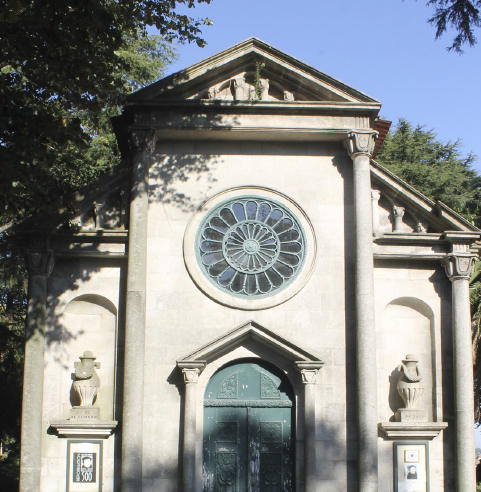
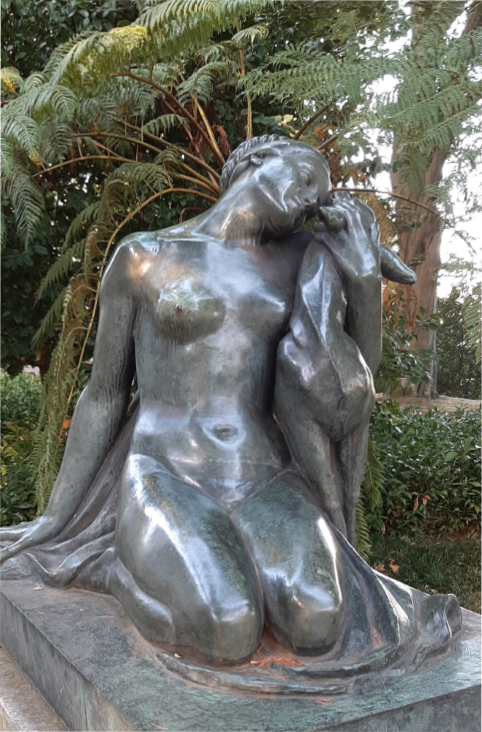
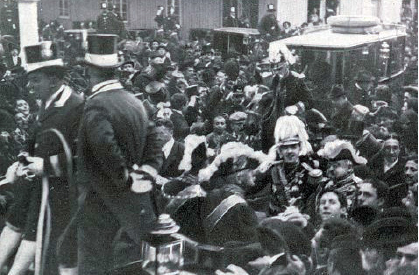
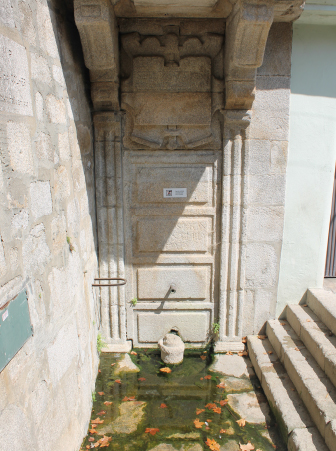
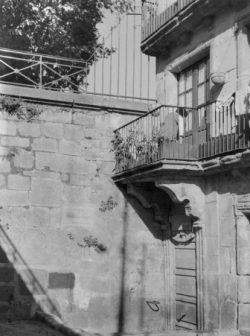 It will be one of the oldest fountains in the city. Not this one that we can see today at the bottom of Monte dos Judeus stairs, and should go back to the middle of the 19th century, but its predecessor, installed in the 13th century still on Miragaia beach, for community use.
It will be one of the oldest fountains in the city. Not this one that we can see today at the bottom of Monte dos Judeus stairs, and should go back to the middle of the 19th century, but its predecessor, installed in the 13th century still on Miragaia beach, for community use.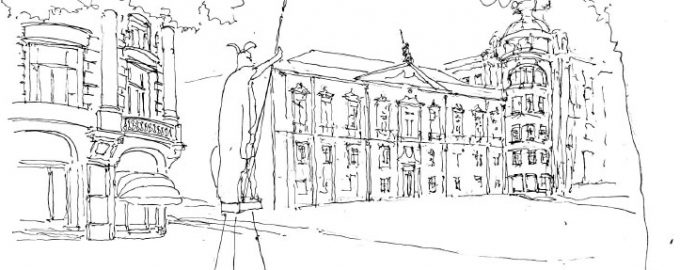
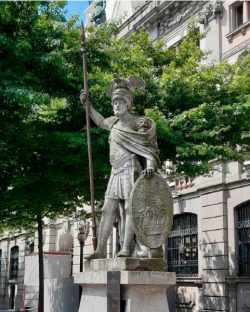 In the very central Praça da Liberdade, more precisely at the confluence with Rua Dr. Artur de Magalhães Basto next to the Banco de Portugal Building, a statue is installed, nowadays seen drawn and photographed not only by the thousands of people who visit us, but equally by so many locals in their routine passages, and who represents a warrior.
In the very central Praça da Liberdade, more precisely at the confluence with Rua Dr. Artur de Magalhães Basto next to the Banco de Portugal Building, a statue is installed, nowadays seen drawn and photographed not only by the thousands of people who visit us, but equally by so many locals in their routine passages, and who represents a warrior.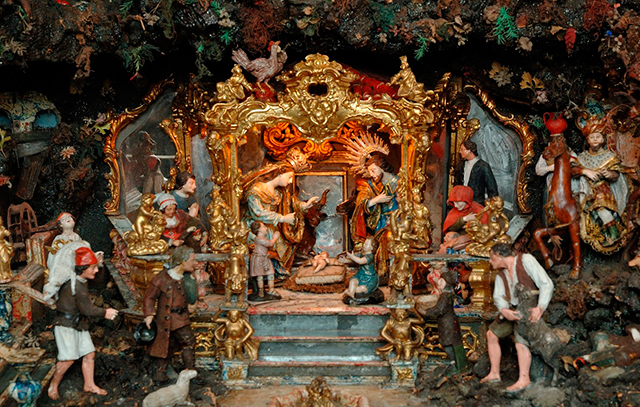
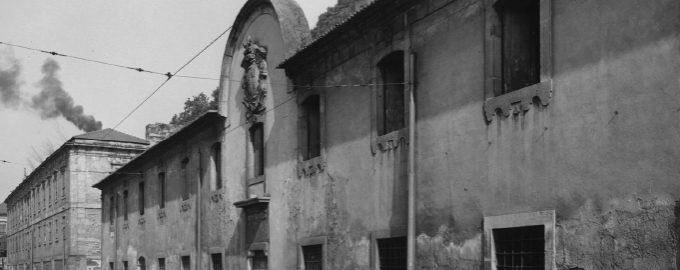
 Amor de Perdição is a novel written by Camilo Castelo Branco, in 1862, which narrates the tragic story of young love. The tale, based on true facts, was written when Camilo was imprisoned and living a forbidden love himself.
Amor de Perdição is a novel written by Camilo Castelo Branco, in 1862, which narrates the tragic story of young love. The tale, based on true facts, was written when Camilo was imprisoned and living a forbidden love himself.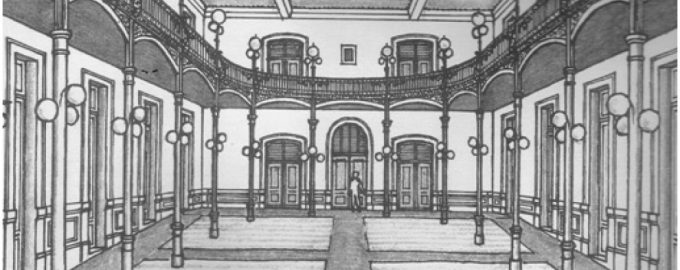
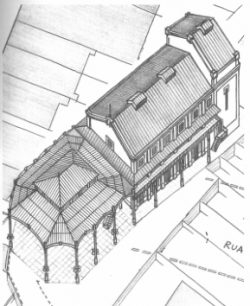 Few remember this movie theater, built at the beginning of the 20th century and demolished in the late 1940s to give way to the current Rua de Ceuta. The Apolo Terrasse came at a time when the cinema was gaining popularity.
Few remember this movie theater, built at the beginning of the 20th century and demolished in the late 1940s to give way to the current Rua de Ceuta. The Apolo Terrasse came at a time when the cinema was gaining popularity.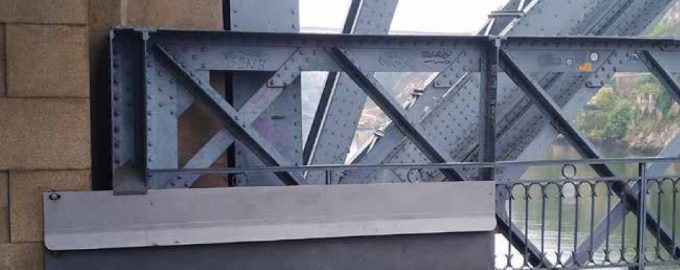
 The Luís I bridge, one of the most emblematic structures of the city of Porto, was built in the 19th century and is now considered a World Heritage Site. However, in the mid-twentieth century, the bridge began to show disturbing signs of corrosion due, in particular, to the passage of the tram in the upper board of the bridge.
The Luís I bridge, one of the most emblematic structures of the city of Porto, was built in the 19th century and is now considered a World Heritage Site. However, in the mid-twentieth century, the bridge began to show disturbing signs of corrosion due, in particular, to the passage of the tram in the upper board of the bridge.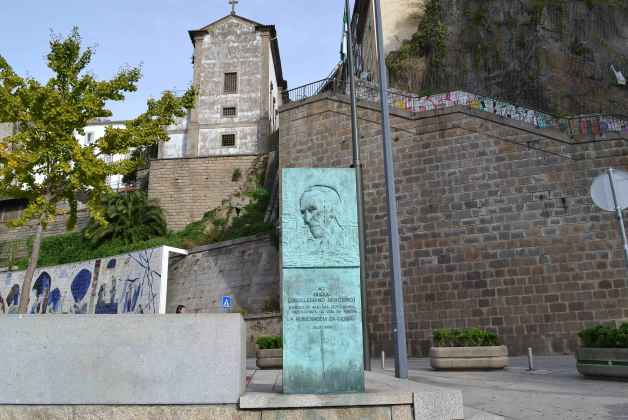
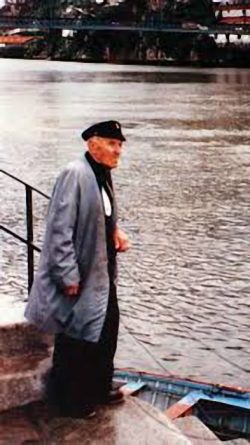 If you stroll through the Ribeira area, which you will have to do if you come to Porto, it is very likely that you will cross the statue in honor of Deocleciano Monteiro (exact location is at Rua Cimo
If you stroll through the Ribeira area, which you will have to do if you come to Porto, it is very likely that you will cross the statue in honor of Deocleciano Monteiro (exact location is at Rua Cimo
